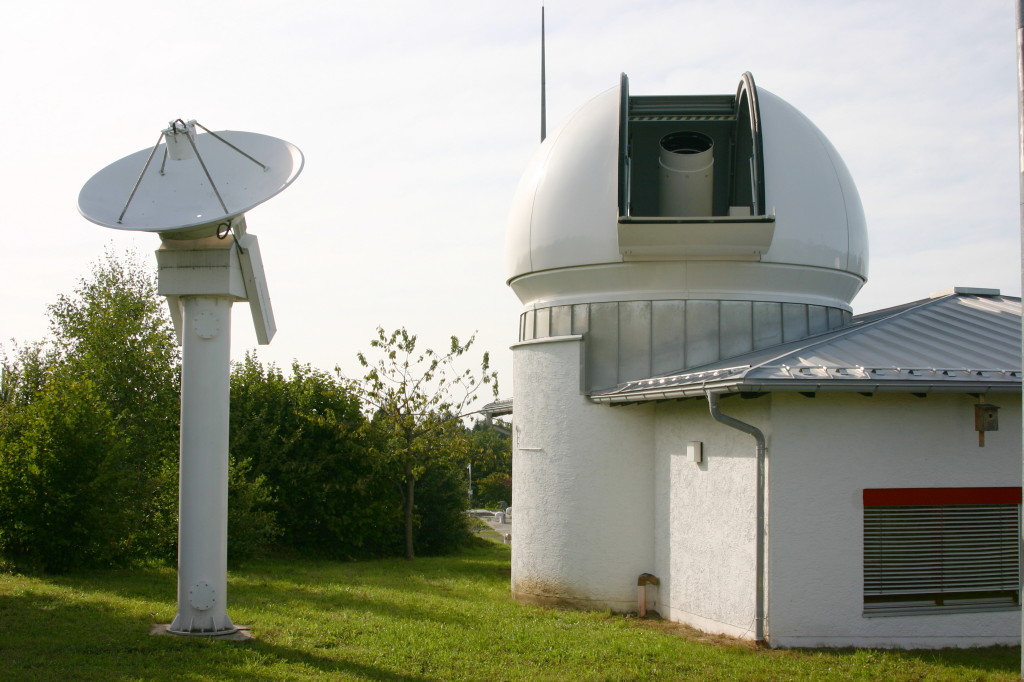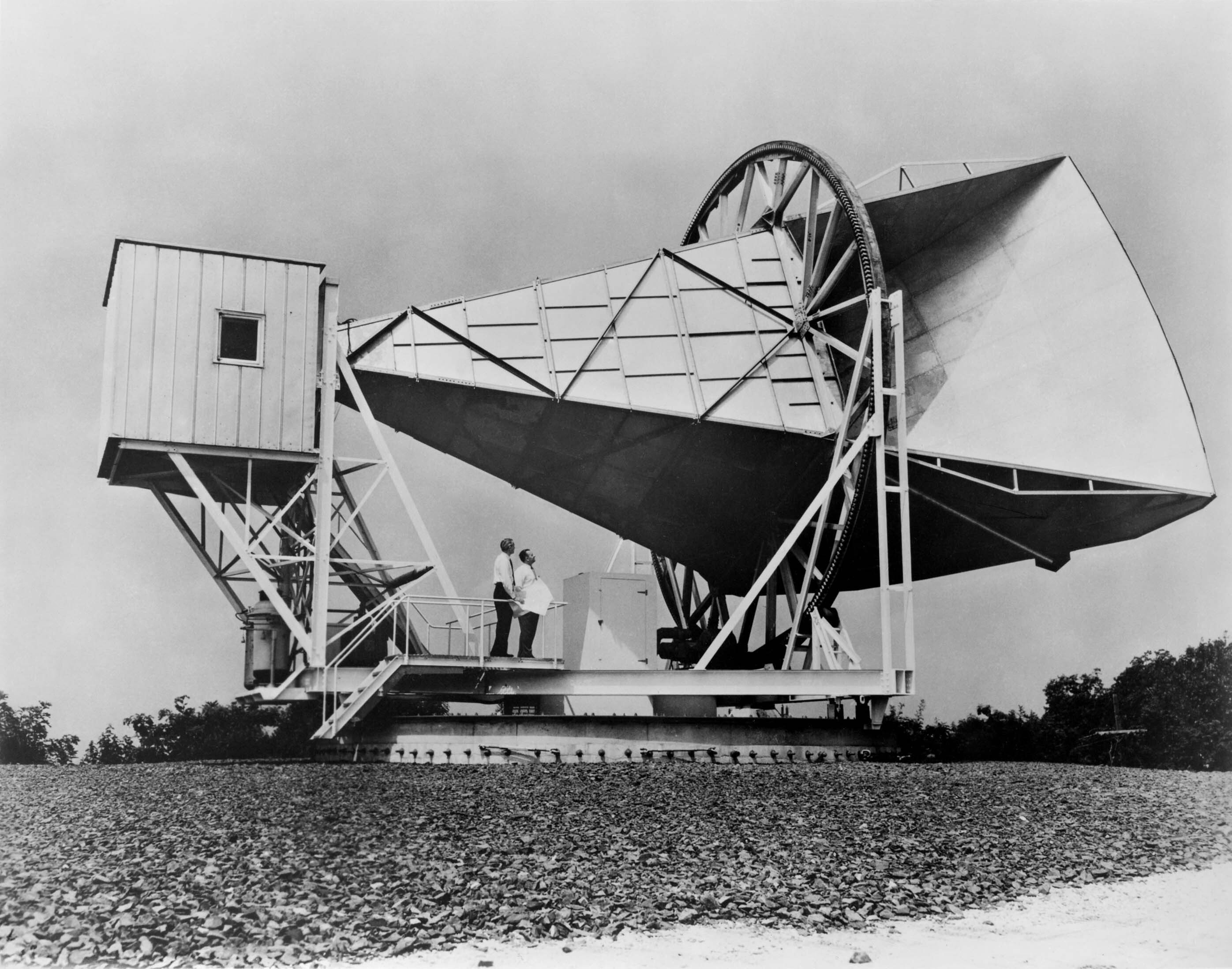|
List Of Passive Satellites
List of passive satellites is a listing of inert or mostly inert satellites, mainly of the Earth. This includes various reflector type satellites typically used for geodesy and atmospheric measurements. Passive satellites *Calsphere **Calsphere 1A **Calsphere 2 **Calsphere 3 **Calsphere 4 **Calsphere 4A **Calsphere 5 *Dragsphere 1 *Dragsphere 2 *Enoch * Explorer 9 *GFZ-1 *Humanity Star * LCS-1 *PAGEOS *PAMS-STU, see STS-77 *POPACS *Reflector * PasComSat *Rigid Sphere 1 (AVL-802H) *Rigid Sphere 2 *Sfera Dedicated laser ranging satellites Mostly passive satellites *Starshine 3, see Athena I * Echo project **Echo 1 (Echo 1A) **Echo 2 * Elon Musk's Tesla Roadster * Hayabusa2 **Deployable camera 3 (DCAM3) **Small Carry-On Impactor (SCI) **Target Marker B **Target Marker A **Target Marker E (Explorer) **Target Marker C (Sputnik/Спутник) * Tianwen-1 ** Tianwen-1 Deployable Camera 1 ** Tianwen-1 Remote Camera **Tianwen-1 Deployable Camera 2 See also * List of laser ran ... [...More Info...] [...Related Items...] OR: [Wikipedia] [Google] [Baidu] |
Athena I
The Athena I, known as the Lockheed Launch Vehicle (LLV) at the time of its first flight and Lockheed Martin Launch Vehicle (LMLV) at the time of its second flight, was an American small expendable launch system which was used for four launches between 1995 and 2001. It is a member of the Athena family of rockets, along with the larger Athena II. The Athena I is a three-stage rocket, consisting of solid first and second stages, and a monopropellant liquid-fuelled third stage. The first stage is a Castor 120, which is also used on some versions of the Taurus rocket. An Orbus 21D motor was used as the second stage on launches up to 2001. The third stage is an Orbital Adjustment Module, fuelled by hydrazine and propelled by four MR-107 engines, which is used for final insertion. Prior to its retirement in 2001, Athena I launches were made from Space Launch Complex 6 at Vandenberg Air Force Base, Launch Complex 46 at Spaceport Florida, and Pad 1 of the Kodiak Launch Complex. ... [...More Info...] [...Related Items...] OR: [Wikipedia] [Google] [Baidu] |
Satellite Geodesy
Satellite geodesy is geodesy by means of artificial satellites—the measurement of the form and dimensions of Earth, the location of objects on its surface and the figure of the Earth's gravity field by means of artificial satellite techniques. It belongs to the broader field of space geodesy. Traditional astronomical geodesy is ''not'' commonly considered a part of satellite geodesy, although there is considerable overlap between the techniques. The main goals of satellite geodesy are: # Determination of the figure of the Earth, positioning, and navigation (geometric satellite geodesy) # Determination of geoid, Earth's gravity field and its temporal variations (dynamical satellite geodesy or satellite physical geodesy) # Measurement of geodynamical phenomena, such as crustal dynamics and polar motion Satellite geodetic data and methods can be applied to diverse fields such as navigation, hydrography, oceanography and geophysics. Satellite geodesy relies heavily on orbital ... [...More Info...] [...Related Items...] OR: [Wikipedia] [Google] [Baidu] |
Balloon Satellite
A balloon satellite is inflated with gas after it has been put into orbit. It is also occasionally referred to as a "satelloon", which is a trademarked name owned by Gilmore Schjeldahl's G.T. Schjeldahl Company. List of balloon satellites abbreviations: * pcr = passive communications reflector, satellite reflects microwave signals. * ado = atmospheric density observations * spc = solar pressure calculations, estimate impact of solar wind on orbit. * tri = satellite triangulation, measuring the Earth's surface. * SC = Sensors and camera for earth curvature images Echo 1 and Echo 2 balloon satellites The first flying body of this type was Echo 1, which was launched into a high orbit on August 12, 1960, by the United States. It originally had a spherical shape measuring , with a thin metal-coated plastic shell made of Mylar. It served for testing as a "passive" communication and geodetic satellite. Its international COSPAR number was 6000901 (9th satellite launched in 1960, 1s ... [...More Info...] [...Related Items...] OR: [Wikipedia] [Google] [Baidu] |
List Of Laser Ranging Satellites
In satellite laser ranging (SLR) a global network of observation stations measures the round trip time of flight of ultrashort pulses of light to satellites equipped with retroreflectors. This provides instantaneous range measurements of millimeter level precision which can be accumulated to provide accurate measurement of orbits and a host of important scientific data. The laser pulse can also be reflected by the surface of a satellite without a retroreflector, which is used for tracking space debris. Satellite laser ranging is a proven geodetic technique with significant potential for important contributions to scientific studies of the earth/atmosphere/ocean system. It is the most accurate technique currently available to determine the geocentric position of an Earth satellite, allowing for the precise calibration of radar altimeters and separation of long-term instrumentation drift from secular changes in ocean topography. Its ability to measure the variations over time in ... [...More Info...] [...Related Items...] OR: [Wikipedia] [Google] [Baidu] |
Tianwen-1
-1 (TW-1; zh, t=, s=, l='Heavenly Questions') is an interplanetary mission by the China National Space Administration (CNSA) which sent a robotic spacecraft to Mars, consisting of 6 spacecraft: an orbiter, two deployable cameras, lander, remote camera, and the ' rover. The spacecraft, with a total mass of nearly five tons, is one of the heaviest probes launched to Mars and carries 14 scientific instruments. It is the first in a series of planned missions undertaken by CNSA as part of its Planetary Exploration of China program. The mission's scientific objectives include: investigation of Martian surface geology and internal structure, search for indications of current and past presence of water, and characterization of the space environment and the atmosphere of Mars. The mission was launched from the Wenchang Spacecraft Launch Site on 23 July 2020 on a Long March 5 heavy-lift launch vehicle. After seven months of transit through the inner Solar System, the spacecraft ent ... [...More Info...] [...Related Items...] OR: [Wikipedia] [Google] [Baidu] |
Hayabusa2
is an asteroid sample-return mission operated by the Japanese state space agency JAXA. It is a successor to the ''Hayabusa'' mission, which returned asteroid samples for the first time in June 2010. ''Hayabusa2'' was launched on 3 December 2014 and rendezvoused in space with near-Earth asteroid 162173 Ryugu on 27 June 2018. It surveyed the asteroid for a year and a half and took samples. It left the asteroid in November 2019 and returned the samples to Earth on 5 December 2020 UTC. Its mission has now been extended through at least 2031, when it will rendezvous with the small, rapidly-rotating asteroid . ''Hayabusa2'' carries multiple science payloads for remote sensing and sampling, and four small rovers to investigate the asteroid surface and analyze the environmental and geological context of the samples collected. Mission overview Asteroid 162173 Ryugu (formerly designated ) is a primitive carbonaceous near-Earth asteroid. Carbonaceous asteroids are thought to p ... [...More Info...] [...Related Items...] OR: [Wikipedia] [Google] [Baidu] |
Elon Musk's Tesla Roadster
Elon Musk's Tesla Roadster is an electric sports car that served as the dummy payload for the February 2018 Falcon Heavy test flight and became an artificial satellite of the Sun. A mannequin in a spacesuit, dubbed "Starman", occupies the driver's seat. The car and rocket are products of Tesla and SpaceX, respectively, both companies headed by Elon Musk. The 2010 Roadster is personally owned by and previously used by Musk for commuting to work. It is the first production car launched into space. The car, mounted on the rocket's second stage, acquired enough velocity to escape Earth's gravity and enter an elliptical heliocentric orbit crossing the orbit of Mars. The orbit reaches a maximum distance from the Sun at aphelion of . During the early portion of the voyage outside the Earth's atmosphere, live video was transmitted back to the mission control center and live-streamed for slightly over four hours. Advertising analysts noted Musk's sense of brand management and ... [...More Info...] [...Related Items...] OR: [Wikipedia] [Google] [Baidu] |
Echo Project
Project Echo was the first passive communications satellite experiment. Each of the two American spacecraft, launched in 1960 and 1964, were metalized balloon satellites acting as passive reflectors of microwave signals. Communication signals were transmitted from one location on Earth and bounced off the surface of the satellite to another Earth location. The first transmissions using Echo were sent from Goldstone, California to Holmdel, New Jersey on 12 August 1960. The last Echo satellite deorbited and burned up in the atmosphere on 7 June 1969.Astronautix.com, ''Echo'' Background The concept of using orbital satellites to relay communications predated space travel, first being advanced by |
Sfera (satellite)
Sfera (TEKh-44) is a small passive satellite deployed during a spacewalk from the ISS in August 2012. Description Also called the Vektor-T calibration sphere, the Sfera satellite is used to determine the density of the upper atmosphere by measuring how much drag occurs when the satellite passes through it. TEKh-44 is a shiny sphere 53 cm (20.8 inches) across weighing 14 kg (~31 pounds). Re-entry It re-entered the atmosphere in late November 2012. See also *List of passive satellites List of passive satellites is a listing of inert or mostly inert satellites, mainly of the Earth. This includes various reflector type satellites typically used for geodesy and atmospheric measurements. Passive satellites *Calsphere **Calspher ... References External linksSfera deployed Passive satellites Spacecraft which reentered in 2012 Spheres Atmospheric sounding satellites {{Russia-spacecraft-stub ... [...More Info...] [...Related Items...] OR: [Wikipedia] [Google] [Baidu] |
PAGEOS Satellite - GPN-2000-001896
PAGEOS (PAssive Geodetic Earth Orbiting Satellite) was a balloon satellite which was launched by NASA in June 1966. Design PAGEOS had a diameter of exactly , consisted of a thick mylar plastic film coated with vapour deposited aluminium enclosing a volume of and was used for the Weltnetz der Satellitentriangulation (Worldwide Satellite Triangulation Network) – a global cooperation organized by Hellmut Schmid (Switzerland & USA) 1969-1973. Finished in 1974, the network connected 46 stations (3000–5000 km distance) of all continents with an accuracy of 3–5 m (approx. 20 times better than terrestrial triangulations at that time). Orbit The PAGEOS spacecraft was placed into a polar orbit (inclination 85–86°) with a height of approx. 4000 km, which had gradually lowered during its 9 years of operation. The satellite partly disintegrated in July 1975, which was followed by a second break-up that occurred in January 1976 resulting in the release of a l ... [...More Info...] [...Related Items...] OR: [Wikipedia] [Google] [Baidu] |



.jpg)


